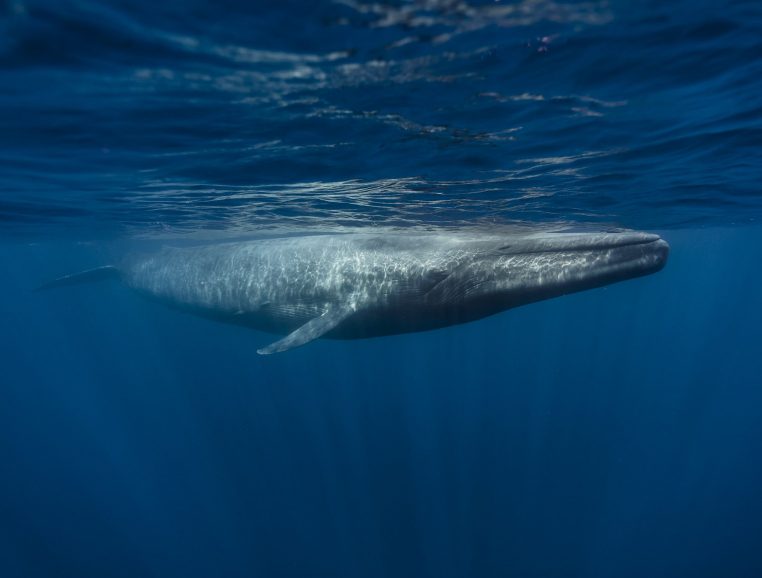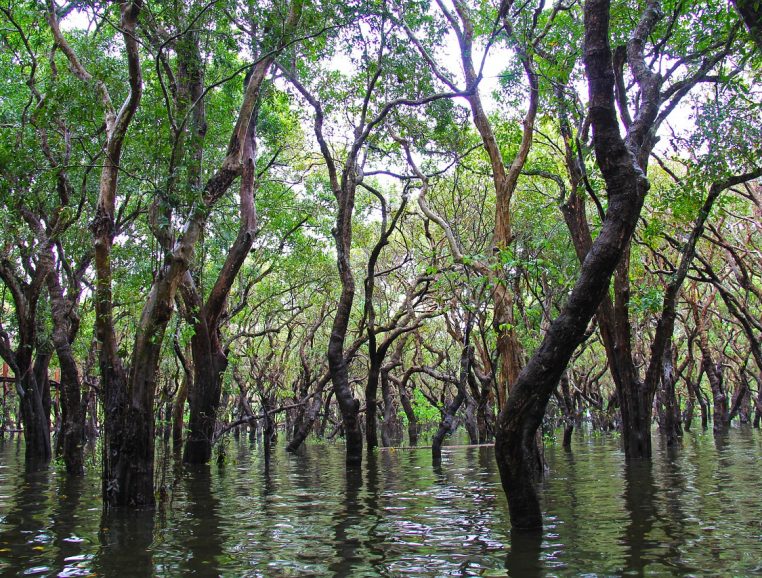climate
there are solutions...
- Home
- Actualités
- Climate: solutions exist…
time for action
The diagnosis on the Ocean is made thanks to the IPCC special report Ocean and Cryosphere in the context of climate change. Now is the time for action, for finding and implementing solutions to contain and adapt to the effects of climate change, while achieving the sustainable development goals set by the international community.
5 original solutions
In their report “ The ocean is key to achieving climate and societal goals “, 3 researchers* provide 5 original solutions. For these experts, the Ocean is a victim of climate change, but at the same time it represents a source of solutions to combat the effects of climate change. The Ocean carries within itself the remedies for the ills that humanity inflicts upon it! It is up to the international community to seize these opportunities without delay!
Four solutions can be implemented immediately as part of an ambitious global program:
- Development of renewable energies, particularly through offshore production,
- Decarbonisation of maritime transport,
- Protection of ecosystems that store carbon (mangroves, seagrass beds, marshes) for example via highly protected Marine Protected Areas,
- Measures to promote sustainable fisheries that respect resources.
The last solution, that of storing carbon in the seabed, offers interesting prospects but will require extensive investigations before being implemented on a large scale. These solutions alone could reduce greenhouse gas emissions by 21% by 2050, while providing significant co-benefits for the planet and its ecosystems.
*Ove Hoegh-Guldberg of the Global Change Institute at the University of Queensland, Eliza Northrop of the World Resources Institute in Washington, D.C. and Jane Lubchenco of Oregon State University,

Protecting whales to sequester CO2...
Protecting the last whales and encouraging the recovery of their populations to sequester carbon on the ocean floor in order to fight climate change: this is one of the solutions inspired by nature advocated by certain researchers.
For Ralph Chami and Sena Oztozun of the International Monetary Fund, Thomas Cosimano of the University of Notre Dame’s Mendoza College of Business and Connel Fullenkamp of Duke University’s Economics Center for Teaching, it is a biodiversity-based, low-tech, cost-effective solution that fits into a win-win economic model.
During their lifetime, large whales accumulate a large amount of carbon in their body mass (an average of 33 tonnes of CO2 per individual). When they die, they sink to the bottom of the ocean, where decomposing organisms convert them into biomass in deep-sea ecosystems, thereby sequestering carbon. The existence of whales provides other benefits such as “boosting” the food chain. Whale faeces are organic fertilizers that promote plankton and fish development, ultimately providing additional resources for fisheries and more prey for predators (other marine mammals, large pelagic fish, seabirds). But whales have largely disappeared from the ocean. For
IPBES
the biomass of marine mammals that once existed would be reduced to one fifth. They have been largely decimated by whaling and various forms of pollution. It is therefore urgent to restore their populations.







